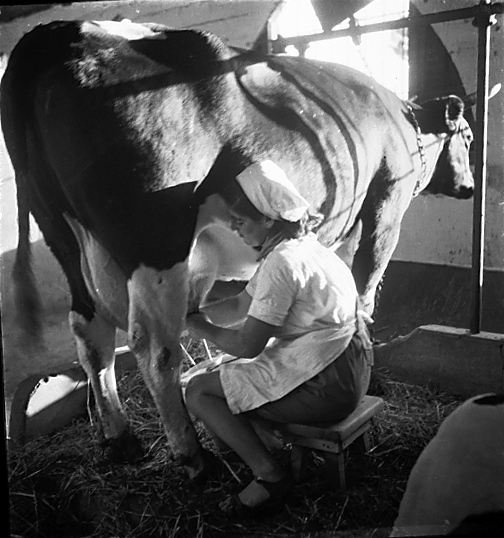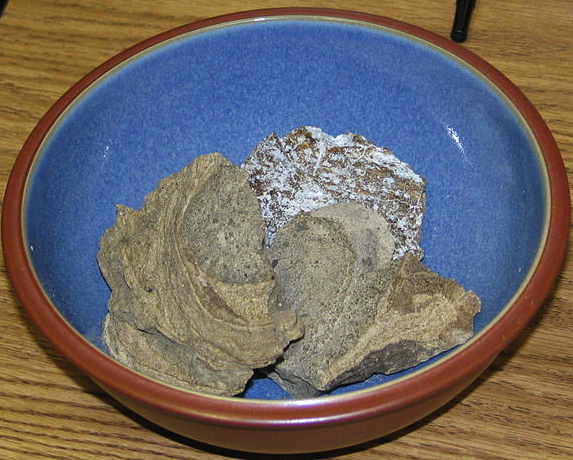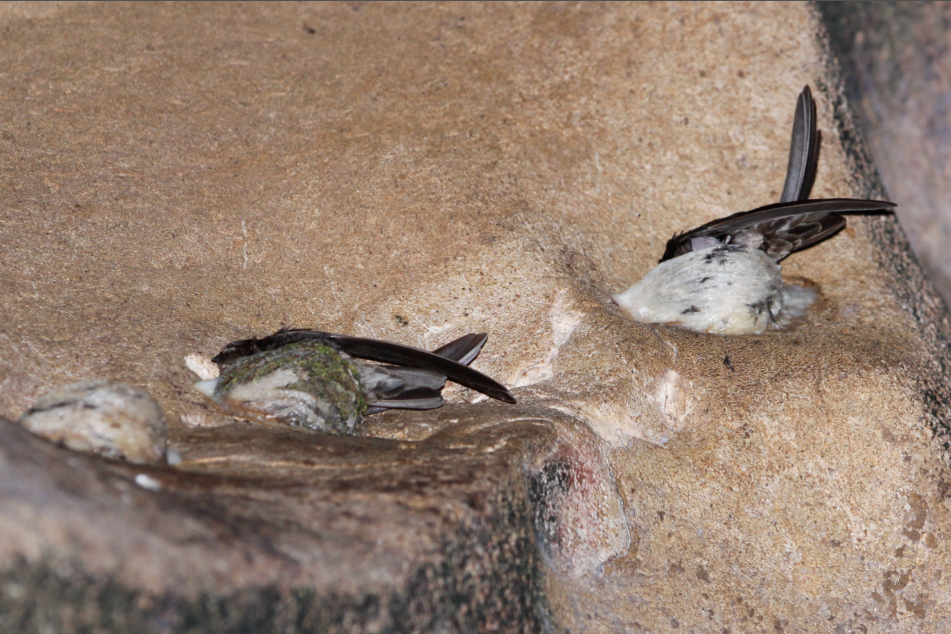Entries in honey (1)
Secretions and Excretions
 Saturday, September 7, 2013 at 03:09AM
Saturday, September 7, 2013 at 03:09AM 
We take much from nature and manipulate it to best meet our needs. The most obvious examples are, harvested and developed from the structural tissues of plants and animals whether this is trunks of trees for building houses or the muscles of animals. Of course there are many other products we take from the biosphere. We have a voracious appetite for embryonic plant tissue, for example, whether it be wheat, rice, corn or quinoa. Another familiar example is milk, whether this is bovine, ovine, caprine, bubaline or hominine. The list goes on and some of the entries are rather unexpected.
We take sap from trees for maple syrup and rubber and we farm silk worms for their silk. Silk worms are the larval stage of the Bobmyx mori moth and in less than a month they are ready to build their cocoon – with their wonderful silk.
Honey is an interesting case. It is not well known that bees gather nectar from flowers and store it in their ‘honey stomach’. In the honey stomach, enzymes begin changing the nectar. When they return to the hive, the bees they pass it (through their mouths) to other worker bees. These bees chew it for a while (and it may be passed between several bees) and before it is deposited in honeycomb cells. The bees then fan the honey with their wings to evapourate the moisture from it, until there is less than 20% moisture content – nice and sticky.
 A musk deer (including cool tusks). Image from ParadoxusikIt starts to get weirder when you consider musk. The word musk originates from the Sanskrit word for "testicle", muṣká and indeed the musk is secreted just in front of a musk deer’s testicles. Musk is used as the basis for many perfume products and in general the deer is killed and the entire musk ‘pod’ is extracted for this purpose. Up to fifty deer might be needed to produce 1 kilogram of musk, which makes musk products 3 – 4 times more expensive than gold.
A musk deer (including cool tusks). Image from ParadoxusikIt starts to get weirder when you consider musk. The word musk originates from the Sanskrit word for "testicle", muṣká and indeed the musk is secreted just in front of a musk deer’s testicles. Musk is used as the basis for many perfume products and in general the deer is killed and the entire musk ‘pod’ is extracted for this purpose. Up to fifty deer might be needed to produce 1 kilogram of musk, which makes musk products 3 – 4 times more expensive than gold.
Another expensive perfume ingredient is ambergris, a sperm whale secretion. Ambergris. Photo by Peter Kaminski Ambergris is probably produced by the whales to make it easier for sharp or hard objects to pass through their gastrointestinal tract (perhaps, for example, the beak of a giant quid). The ambergris is excreted with faecal matter, but large pieces can be expelled through the mouth. As well as its use in fragrances, humans have variously used it as an aphrodisiac, in incense and as flavouring.
Ambergris. Photo by Peter Kaminski Ambergris is probably produced by the whales to make it easier for sharp or hard objects to pass through their gastrointestinal tract (perhaps, for example, the beak of a giant quid). The ambergris is excreted with faecal matter, but large pieces can be expelled through the mouth. As well as its use in fragrances, humans have variously used it as an aphrodisiac, in incense and as flavouring.
Then there’s saliva, specifically that of the Edible-nest swiftlet (Aerodramus fuciphagus).  The Edible-nest swiftlet and its saliva nest. Photo by Marcel Holyoak.These small members of the swift family are found in South-eat Asia and make their nests almost entirely out of strings of their saliva. At some point someone (presumably someone pretty hungry) decided to try eating one of these nests. For more than 400 hundred years they have been used in Chinese cooking, most commonly in soup where they take on a gelatinous texture.
The Edible-nest swiftlet and its saliva nest. Photo by Marcel Holyoak.These small members of the swift family are found in South-eat Asia and make their nests almost entirely out of strings of their saliva. At some point someone (presumably someone pretty hungry) decided to try eating one of these nests. For more than 400 hundred years they have been used in Chinese cooking, most commonly in soup where they take on a gelatinous texture.
Human hunger and/or curiosity has also lead us to consume animal faeces. The Asian palm civet (Paradoxurus hermaphrodius) is omnivorous and doesn’t mind including coffee beans in a diet along with other berries, fruit, insects and small mammals. When inside the civet’s gastrointestinal tract, coffee beans undergo a fermentation process. As a result, coffee beans that pass through the civet and end up in its droppings are a little bit hrder and more brittle than they would otherwise be. They are then used to make kopi luwak (the Asian palm civet is known as luwak in Indonesia), which apparently has a sweet chocolate flavour, with a spicy ginger after taste.  The Asian Palm Civet, pleasingly not on an over-crowded cage. Photo by Praveen PI have not tasted it myself, but many coffee connoisseurs have concluded that it’s actually bad coffee sold mainly for the gimmick. Unfortunately the demand for the civet coffee has seen the establishment of civet farms, where civets are often confined to very cramped conditions and force-fed coffee beans. Coincidently, civets have also been connected to the development and evolution of the virus responsible for SARS.
The Asian Palm Civet, pleasingly not on an over-crowded cage. Photo by Praveen PI have not tasted it myself, but many coffee connoisseurs have concluded that it’s actually bad coffee sold mainly for the gimmick. Unfortunately the demand for the civet coffee has seen the establishment of civet farms, where civets are often confined to very cramped conditions and force-fed coffee beans. Coincidently, civets have also been connected to the development and evolution of the virus responsible for SARS.
A more ethical faecal coffee (surprisingly not a phrase I have used before) might be elephant coffee. A company in Thailand is gathering dung from their elephants who are also partial to a bit of coffee bean in their diet. The elephants seem to be far better cared for than the civets and a small percentage of sales goes back to the elephant sanctuary. Only time will tell if this coffee has a good enough flavour to outlast the novelty and be worth the $50 price tag.
Bon appetit!
